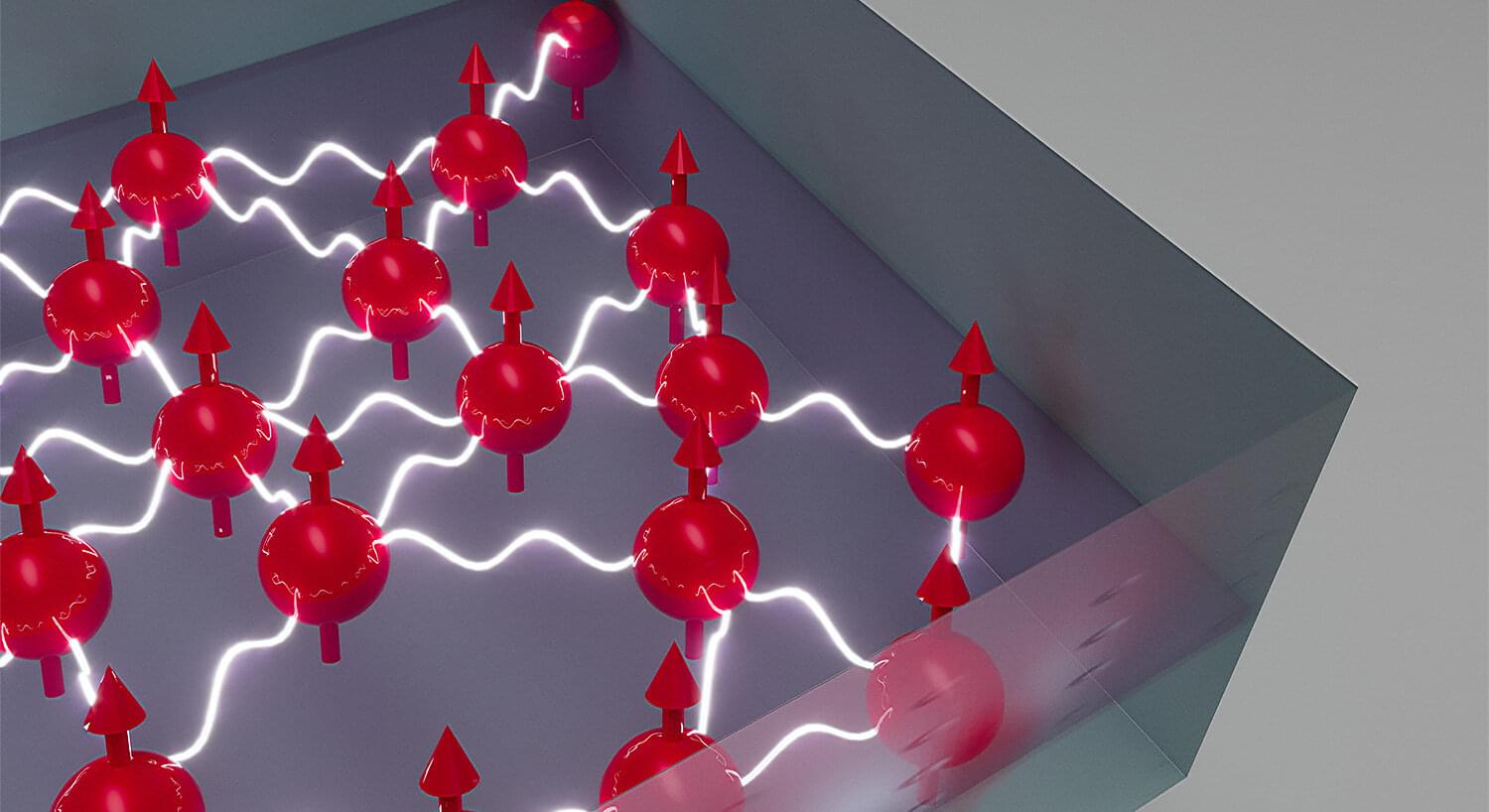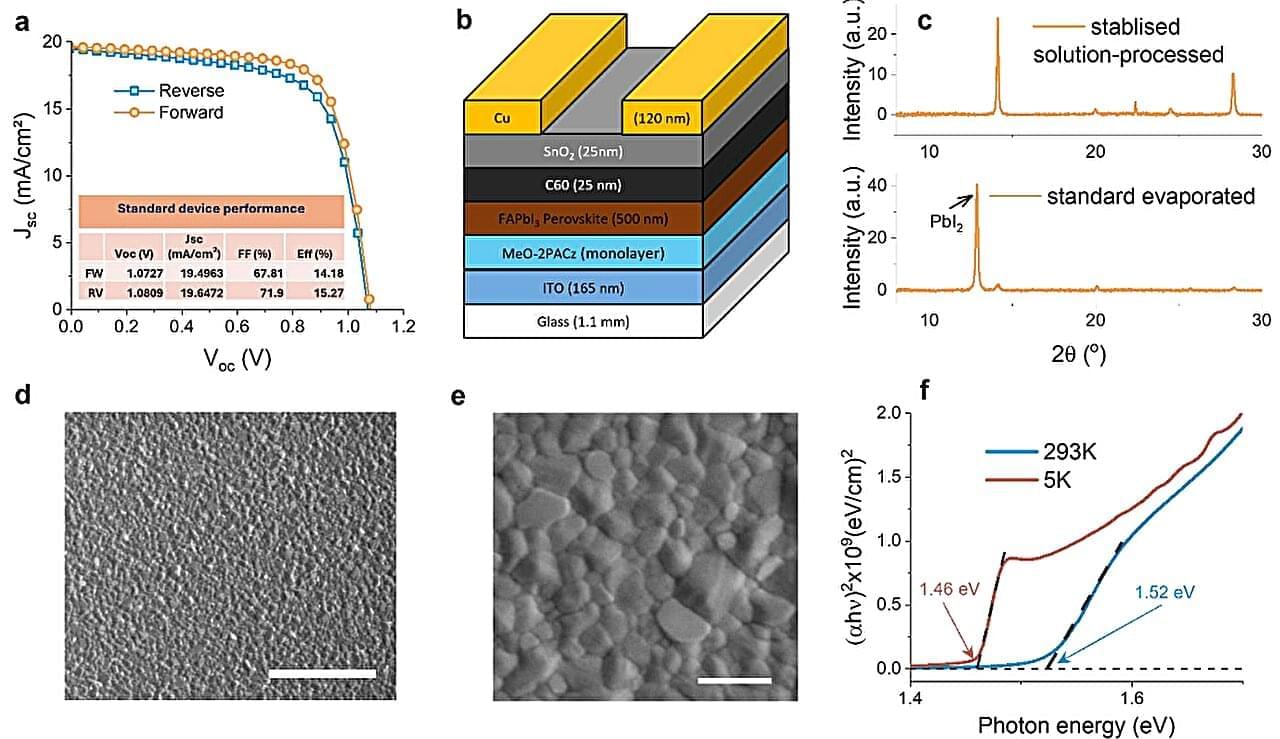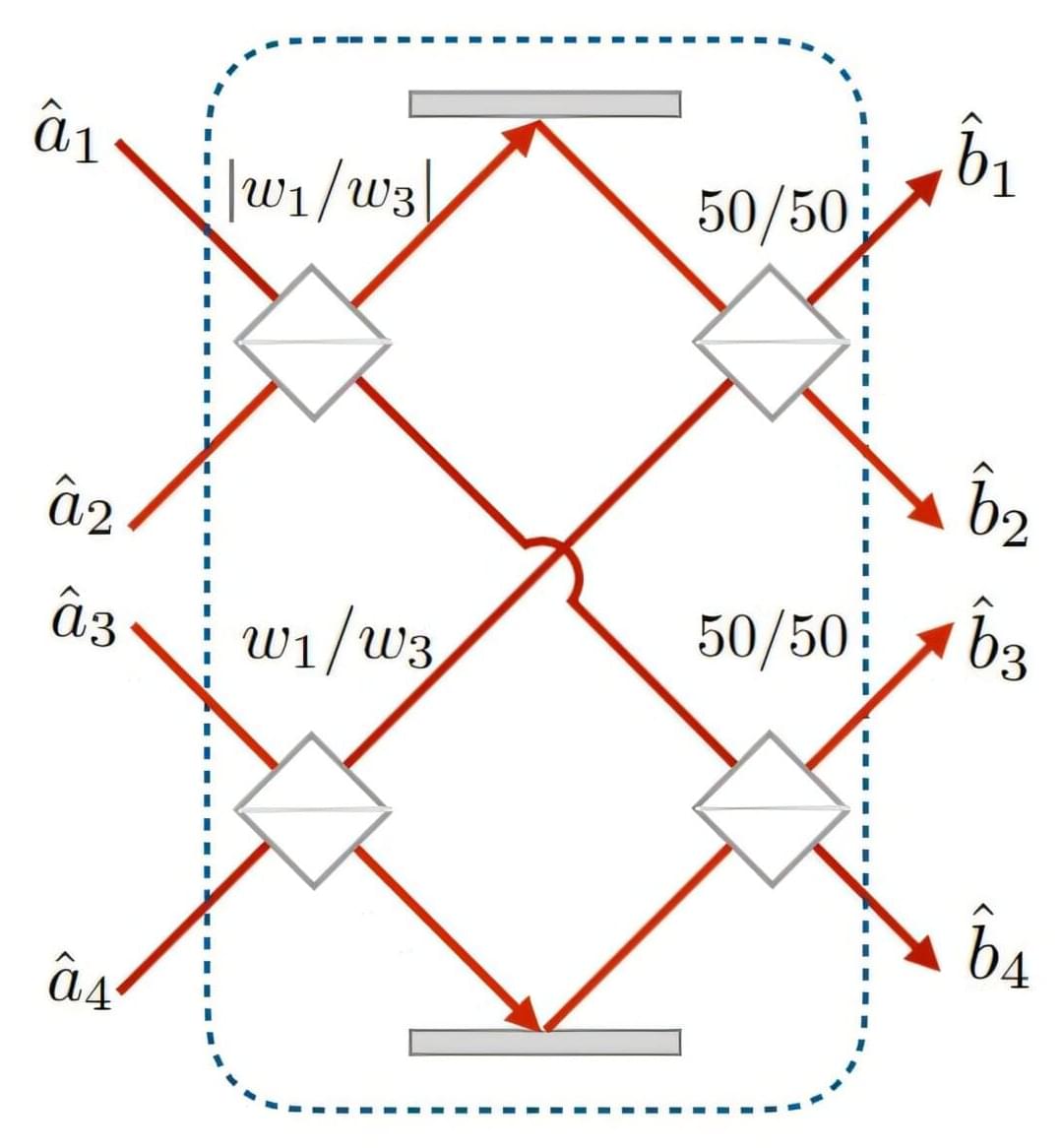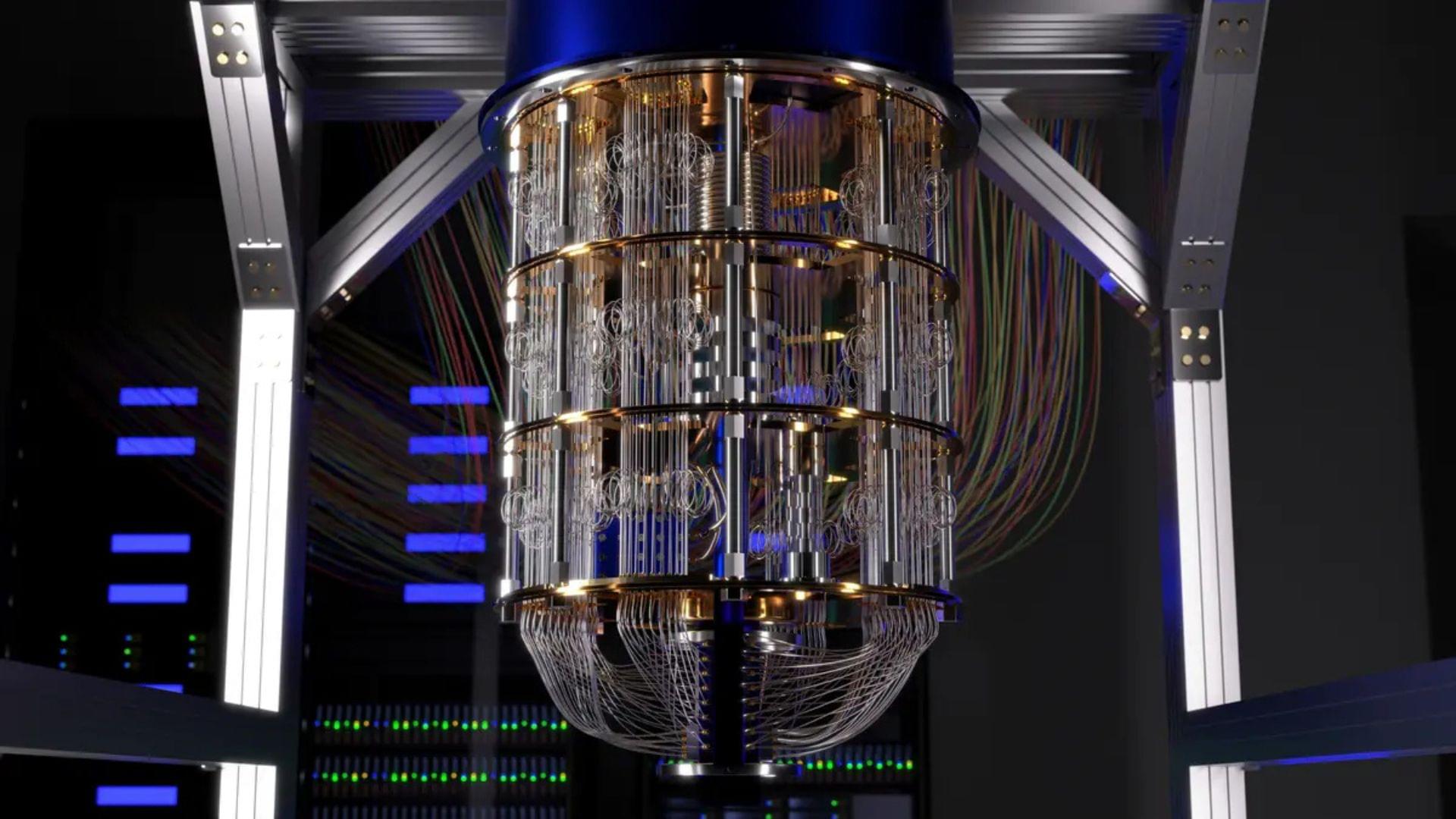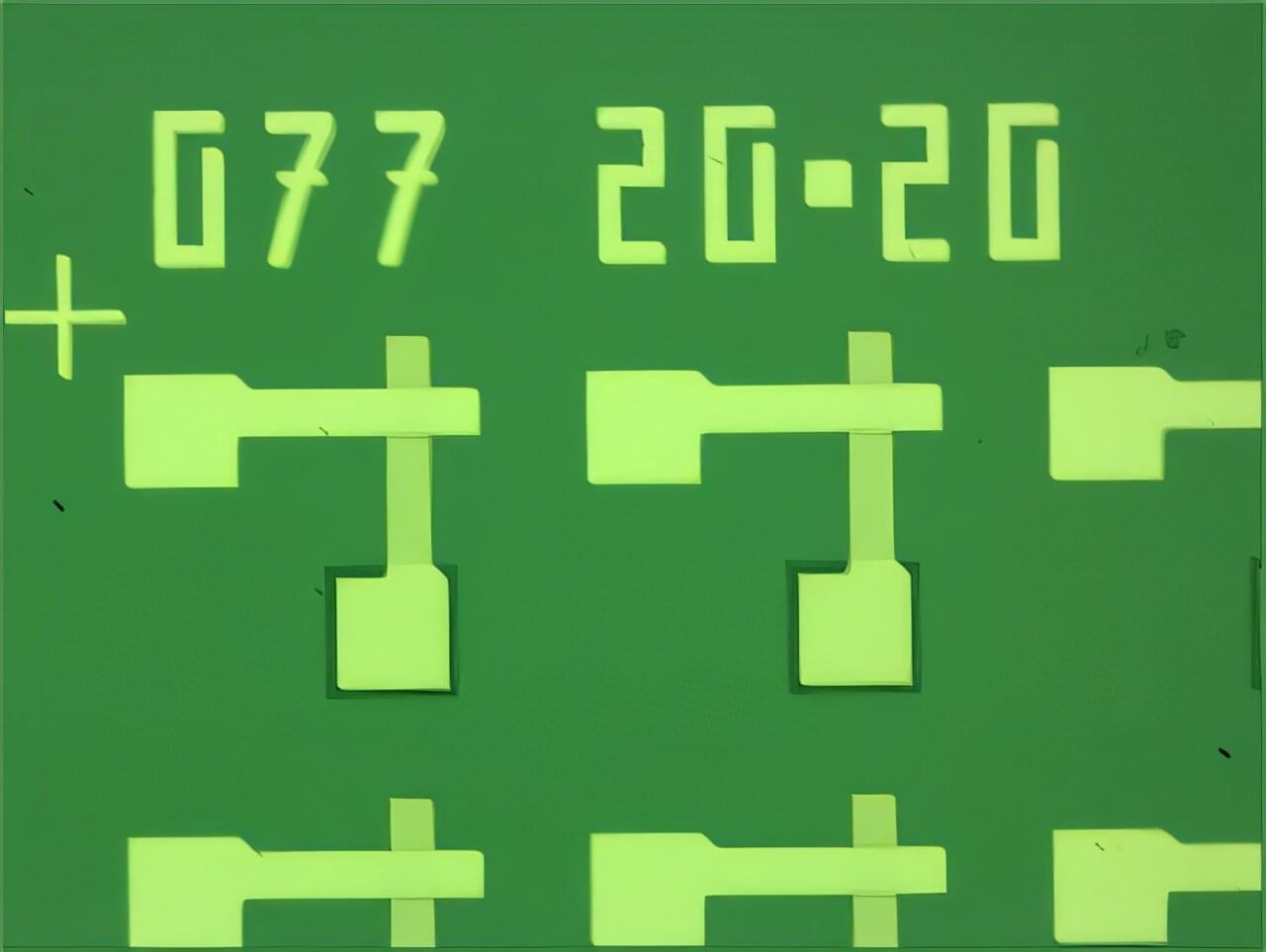The path toward realizing practical quantum technologies begins with understanding the fundamental physics that govern quantum behavior—and how those phenomena can be harnessed in real materials.
In the lab of Ania Jayich, Bruker Endowed Chair in Science and Engineering, Elings Chair in Quantum Science, and co-director of UC Santa Barbara’s National Science Foundation Quantum Foundry, that material of choice is laboratory-grown diamond.
Working at the intersection of materials science and quantum physics, Jayich and her team explore how engineered defects in diamond—known as spin qubits—can be used for quantum sensing. Among the lab’s standout researchers, Lillian Hughes, who recently earned her Ph.D. and will soon begin postdoctoral work at the California Institute of Technology, has achieved a major advance in this effort.
